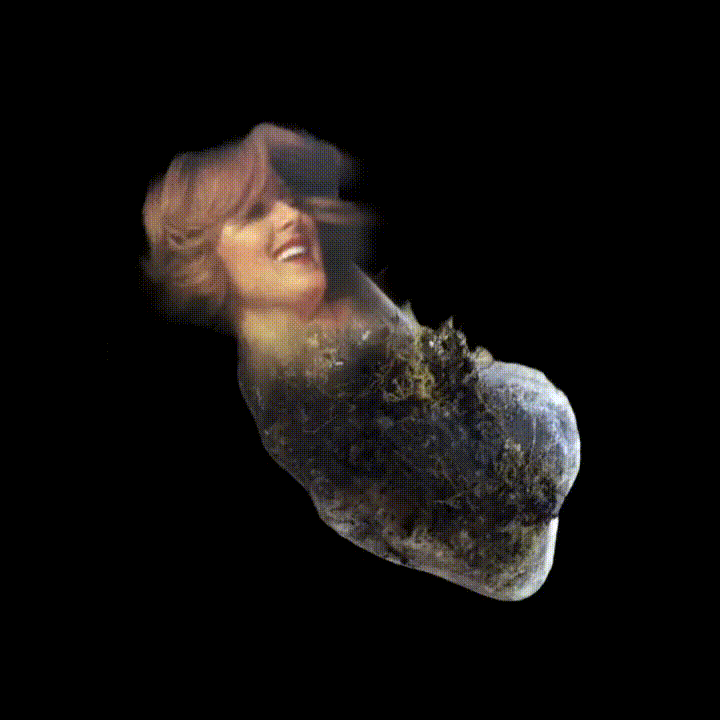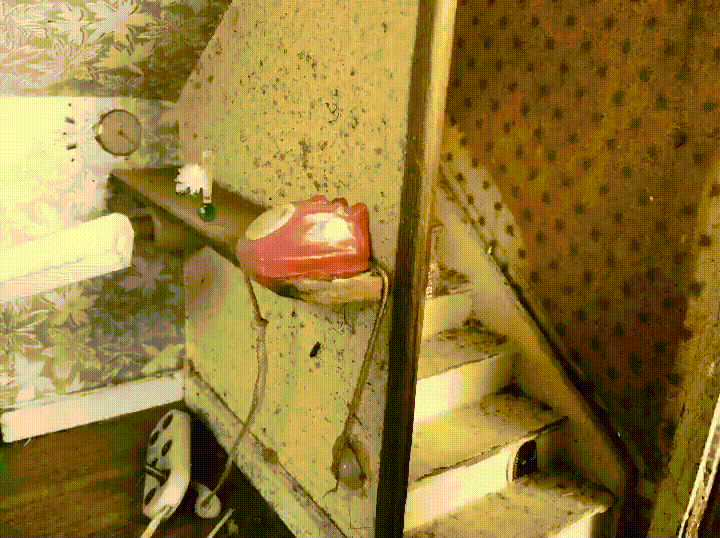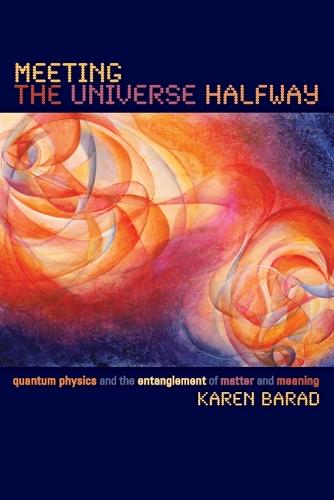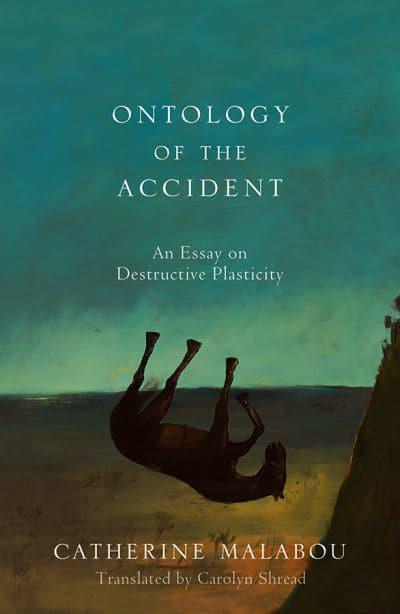ANTHROPO
MORPHISM

Q: Hello! To better introduce you, can you tell us more about the background of your work and discipline, and how you gravitated to anthropomorphism? Was there a key piece or moment, a breakthrough that is significant to you?
A: After working as an Art History Lecturer I began to make videos around 2004. Early work consisted of the making and filming of simple machines as they played out their short lives. As you can see from that sentence I don’t think I gravitated towards anthropomorphism rather it was always inescapably there. Indeed I found responses to the work were nearly always couched in feelings of pity for the ‘creatures’ I made/tortured. Around 2006 I started to get the machines to make the films for me. In a series of Automatic Film commissions I attached radio transmitting spy cameras to some of the machines I was making and released them into buildings. Collecting the glitchy, chaotic footage I would then edit it together for display the next day. This process became a sort of performance and led me to start considering my own relationship with mechanical objects. Between 2015-18 I completed a PhD at MMU looking at mechanical dysfunction and anthropomorphism which saw me cajoling, nursing and remaking a number of breaking machines for three years while writing about different forms of breakdown and their effects. (This is a very tidied up linear narrative of my practice which is in reality far more fractured and dispersed.)
Q: What attracted me to the gifs is the original way you exploit the format to create temporal fractures, that to me describe the infinite. This can’t be achieved in a still image. What is it about the gif that attracted you?
A: That is a nice image that you evoke, I think the idea that a tiny incident can connect to larger ideas has always been a feature of my work. I think I was drawn to the gif originally because I saw it as a machine that captures and fractures images. Endlessly looping, I was drawn to the way it breaks down causality and involves the viewer in a moment without beginning or end. For me this is completely unlike the experience of cinema (or even still images) in which the expectation and fulfilment of consequence is central to the narrative. The gif instead presents a ceaseless return producing an uneasy space for habitation, a vibrating moment in time. The gif is also a piece of vintage technology. Although still in common use today it was invented in 1987 and, like the cassette tape, I am drawn to the losses and breaks it brings with it.
The gif is silent, this feels like a relief after working with machines for three years. The regular squeaks clicks were less worrisome than the sudden cessation of sound which signalled a complete failure.
The gif has a smaller colour range than video and jpg leading to a loss of quality to the image and an interesting visual tic as the software is forced to flip between two not-quite-right colours. Also if the gif’s frame rate is too high or the gif too large it will jerk and stall.
Q: What is it that attracts you to the defunct within mechanisms? I find the exploration opens up a dialogue about the relationship we have with machines, especially relevant with today's artificial intelligence.
A: Definitely! Human/machine relationships reform with every break, glitch and wobble (on both sides). For me it has always been these moments of change that I find most compelling. I think part of the nostalgia we have with defunct technology is that it brings with it more of these moments, it demands a more intimate relationship just to keep it going. It’s also no surprise that there is a common link between breakdown and robots acquiring sentience in science fiction. Like a couple of Sauls on the road to Damascus, Number 5 is struck by lightning in Short Circuit (1986) and Neil Blomkamp’s Chappie (2015) is upgraded (and becomes an artist) after being hit over the head a few too many times. Even the first robots in Karel Capek’s 1921 play R.U.R. have some sort of fit before they begin to feel emotion (and rise up against their masters). Science Fiction has also been hugely important in leading our understanding of AI, less in the doomy predictions of destruction than in the developing discussion about the gummy boundaries between human and machine.

Q: Are the places in the gifs imagined places, referencing places you know, or real places?
A: This is difficult to pin down as I find the work has eroded these distinctions. In the series Afterlife I combined elements of La Villa Savoye and other modernist buildings with video of zoo animals I had taken years ago and subsequently lost. I was thinking of modernist representations of heaven in films like A Matter of Life and Death (1946) and Bill and Ted’s Bogus Journey (1991) but also, obviously, the modernist zoo which, to me, has always had a memorial quality.
On the other hand, the Ipswich Rare Breed Petting Zoo series is much more based in my local reality but moves rapidly into fiction. In 2018 I made a number of fake planning permission signs which I posted around Ipswich. These were for speculative sites including an underground beach with drone seagulls, a gene splicing petting zoo and a moon rocket launch facility. Many of the public thought the plans were real and the affair ended with an irked councillor denouncing me on BBC local radio. The Rare Breed gifs are an extension of this project. These bizarre lab spliced creatures inserted into street view scenes of Ipswich and tagged #ipswichboroughcouncil belong more to a fictional world.
The House of the Dead Man gifs are entirely real in their source material being made from photographs taken in my reclusive neighbour’s derelict house after he died but (I hope) they also evoke an unreal space.
Q: Do you source the materials to make the scenes in the gifs or are they original?
A: Some elements are drawn and some are my own photographs but mostly they are gleaned from the internet while lying in bed. The process of making a gif affects the idea of originality as much as it does fact/fiction and reality/imagination. The gif is so involved in meme culture that the re-cycling of images is integral to its function. I am also complicit in this activity as I tend to reuse old work and images, editing and repurposing them into new work.
Apart from a gif maker I use a couple of other pieces of commonly available software; a background remover and a simple layered image editor. Interesting things happen as the images are processed through and between these machines. For the more elaborate gifs there is a lot of repetition and I often lose my place.


Q: I am attracted to the non-place, a place that has no anchor to any point in history. Essentially free of history. Is this something you think about when making the gif art pieces? Is time a subject of exploration for you?
A: In 2015 I read Karen Barad’s Meeting the Universe Halfway and The Ontology of the Accident by Catherine Malabou. In both cases I came away with the idea of the non-linearity of time. This seemed especially relevant to my work editing the footage provided by machines in the Automatic Films and even more so in making these gif works. It also resonated with the science fiction I had first read in my teens. Kurt Vonnegut’s Slaughter House 5 and Brian Aldiss’ An Age especially played with confounding linear narrative time. Your question makes me think that this idea is a parallel of the non-place, is the gif a non-place? I haven’t thought of this while making the gifs but it’s a great question. In fact often I am not thinking at all just processing material and acting as a conscious linkage between machines.
Q: Tell us about what new projects you are working on now or ones you have in mind.
A: The gifs seem to roll on but maybe they are a trap? I am currently working on some new video gif hybrids that are unsurprisingly apocalyptic in style. In addition, I am starting to think more about how the gif might emerge from lockdown into a new more touchy-feely dawn.
I am also putting together a piece of practice led research with the working title The Afterlife of Images. The intention is to use four icons of the graveyard: the ghost, the vampire, the zombie, and (oddly?) the grave stone/ monument to try to understand some aspects of the role of the gif in forming an afterlife for visual material. I have started with some not very scientific diagrams about vampires, zombies and ghosts. I am not sure yet how it will be published but maybe like Vashti in The Machine Stops it will be a Zoom lecture delivered from my armchair.
See more of Dr Alex Pearl's work: @rotagavinii